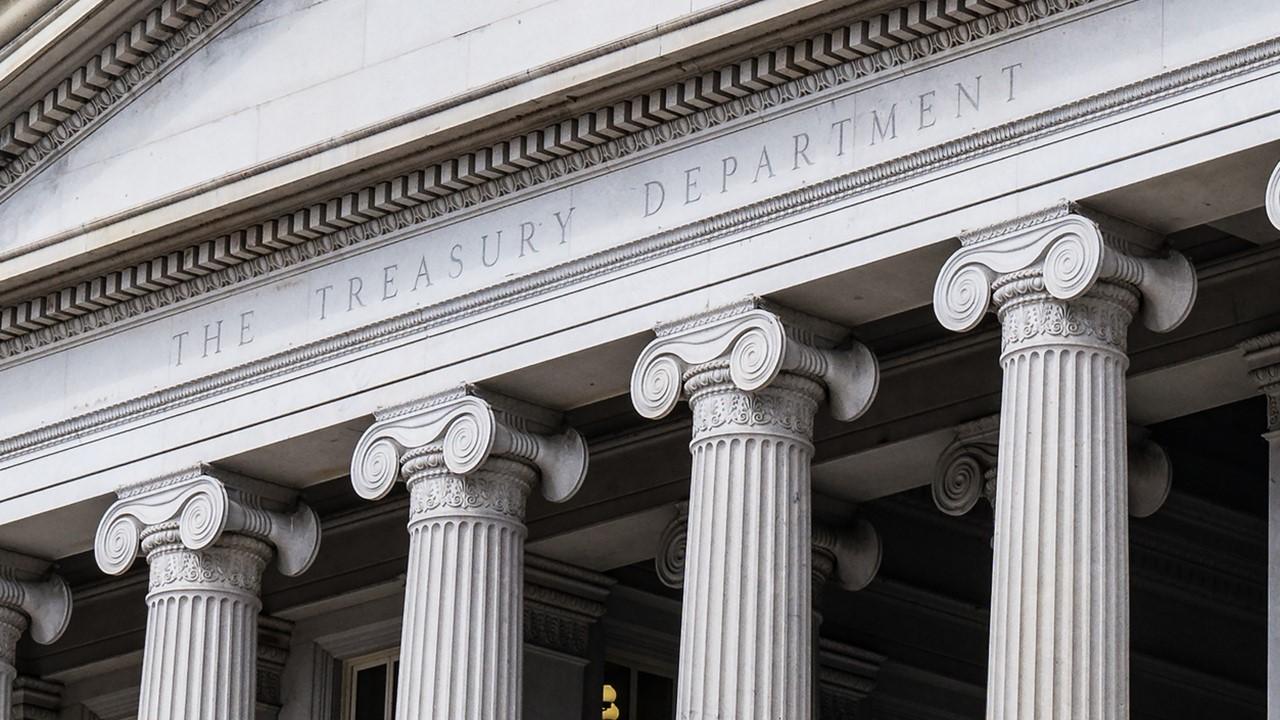How Does National Debt Work and Is It a Problem?
If national debt works well, it should spur economic growth. Rising debt reflects the government’s continued budget deficit.
Nov. 17 2020, Published 3:08 p.m. ET

Many people hear about the national debt. At times, the national debt becomes a political campaign issue during elections. Not everyone understands how the national debt works.
Some individuals wonder whether the national debt is good or bad and how the debt could impact them. How does national debt work? What is the current U.S. national debt? How has the debt increased under different presidents?

How does national debt work?
The national debt is the total amount of money the government owes to its creditors. The national debt has been rising. Why does the government take on more debt? When the government’s spending budget is more than the money available to spend, it must borrow to cover the deficit, which creates national debt.
The government borrows money by issuing Treasury bills, notes, and bonds. The national debt may be owed to individuals, corporations, the Federal Reserve, or foreign governments. For example, China is one of the largest foreign holders of U.S. debt. Lending money to the government, like through savings bonds, is one of the safest investments that individuals can make, especially for a college education fund or retirement income.
What is the current national debt?
Since the government almost always faces a budget deficit, the national debt has continued to climb. The current national debt is more than $27 trillion. If you split that among Americans, the debt per citizen is about $83,000. The current U.S. national debt implies a debt-to-GDP ratio of 128 percent.
Why does the government take on more debt?
Government spending is necessary for programs like Medicare, social security, and defense. As the population grows and threats to national security increase, it gets more expensive to run the programs. As a result, the government faces a budget deficit, which means that the national debt keeps increasing.

Which president increased national debt the most?
Every U.S. president has left a mark on the national debt. The budget decisions that presidents make impact the national debt. Sometimes, events outside of presidents' control, like natural disasters and pandemics, impact the national debt.
The U.S. national debt increased the most in percentage terms under President Lincoln. The Lincoln administration drove up the national debt by about 2,860 percent. Based on the dollar value, President Obama increased the national debt the most by more than $8.3 trillion. The national debt has increased by more than $6.8 trillion under President Trump.
Is national debt good or bad?
When looking at how national debt impacts the economy, there’s a longstanding debate about whether the national debt is good or bad. The debt is good if the government is borrowing to invest in growing the economy. Of course, debt incurred in the line of protecting the country and ensuring the security of its citizens should also be good.
How does national debt impact the economy?
If national debt boosts government spending, it may spur private sector investments in the economy as the companies try to boost their capacity to supply what the government wants. In turn, that may result in better hospitals in the healthcare sector and more jobs in the economy.
However, national debt may be bad if the borrowed money goes to footing every government bill. Also, national debt becomes a problem if it grows too big. The cost of servicing the debt can slow economic growth and impact spending on other public programs.
For example, when the national debt grows too big, those lending to the government may demand higher interest to compensate for the increased risk of default. The government may be forced to direct more tax revenue to paying the interest, which may result in other public programs being starved of funds. A spike in the interest rate tied to Treasury bills usually increases the cost of consumer loans, especially the cost of obtaining a mortgage.
